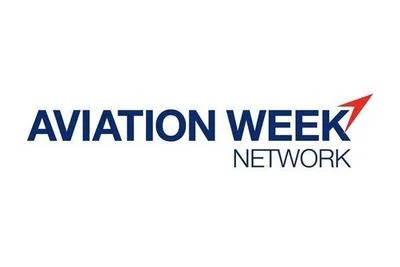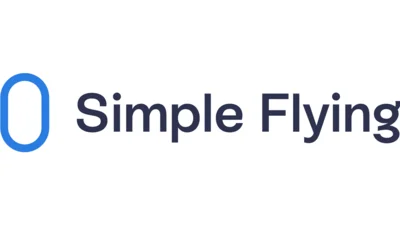Currently, only CFM International LEAP-1A-powered A321XLRs have received certification from both EASA and FAA. In July, EASA approved this long-range variant of the A321neo, which offers more range than its predecessor, the A321LR.
EASA's certification of these engine sub-types follows several weeks after similar approval from the FAA. In December, Pratt & Whitney announced that FAA had approved its engines for the A321XLR. According to Rick Duerloo, president of commercial engines at Pratt & Whitney, "The longer range and higher payload capability of the Airbus A321XLR aircraft will provide customers with expanded route flexibility to more destinations."
Pratt & Whitney reports that 13 customers have chosen their PW1100G engines for 217 A321XLR aircraft. They highlight that their GTF Advantage engine will offer improved performance metrics such as higher takeoff thrust and additional fuel savings.
Airbus has delivered three A321XLR aircraft so far: one to Iberia and two to Aer Lingus, all powered by LEAP-1A engines. Due to a dispute over wages with pilots at Aer Lingus, Iberia became the launch customer instead.
Recent flight data shows Iberia's A321XLR operating between Madrid-Barajas Airport and Boston Logan International Airport. Meanwhile, Aer Lingus' aircraft are flying routes from Dublin Airport to Toronto Pearson International Airport or Washington Dulles International Airport.
An incident on February 17 forced an Aer Lingus flight bound for Toronto-Pearson to divert due to another aircraft accident at Toronto airport involving an Endeavor Air Mitsubishi CRJ900 operating under Delta Connection.
 Alerts Sign-up
Alerts Sign-up





































